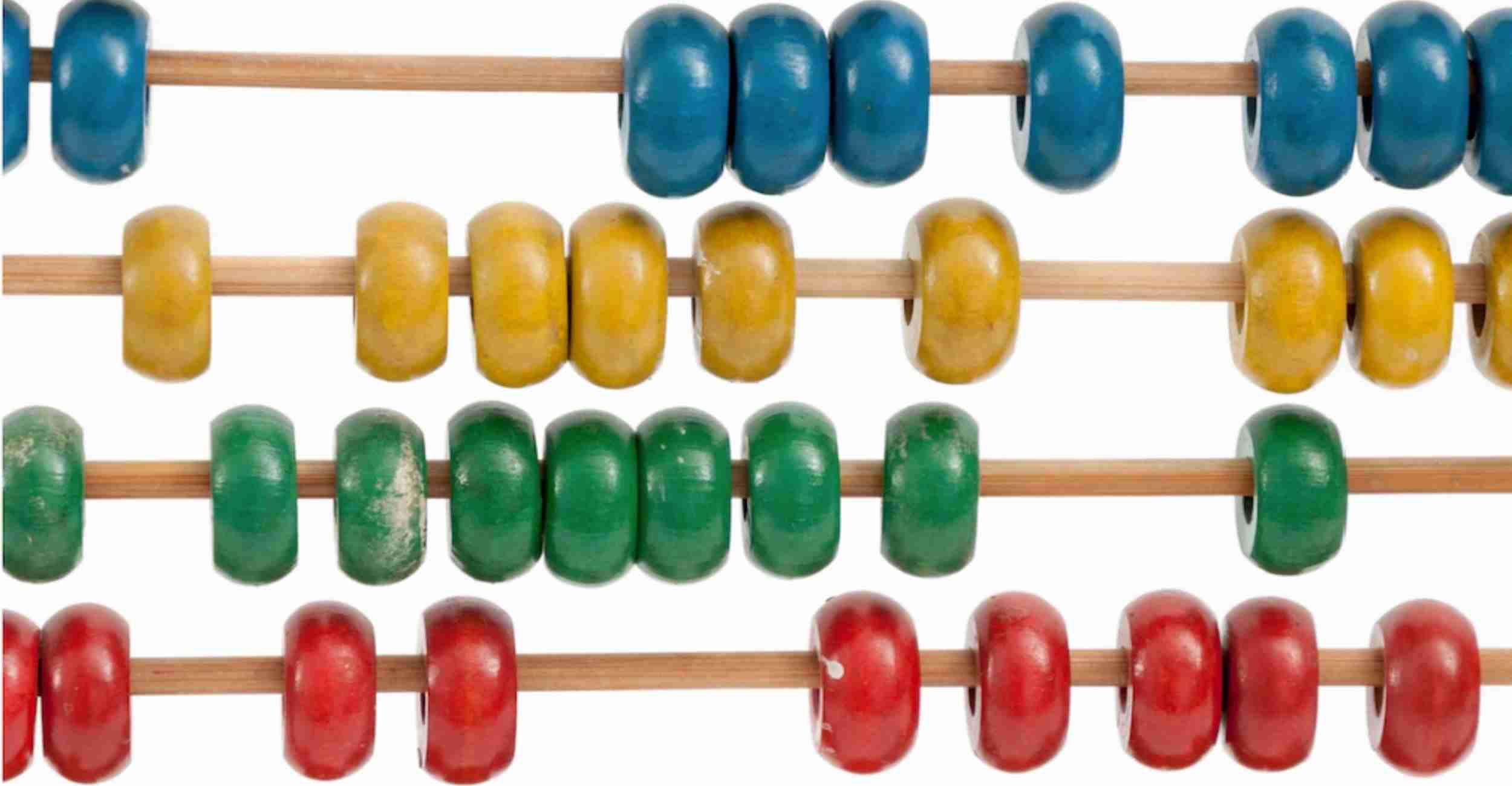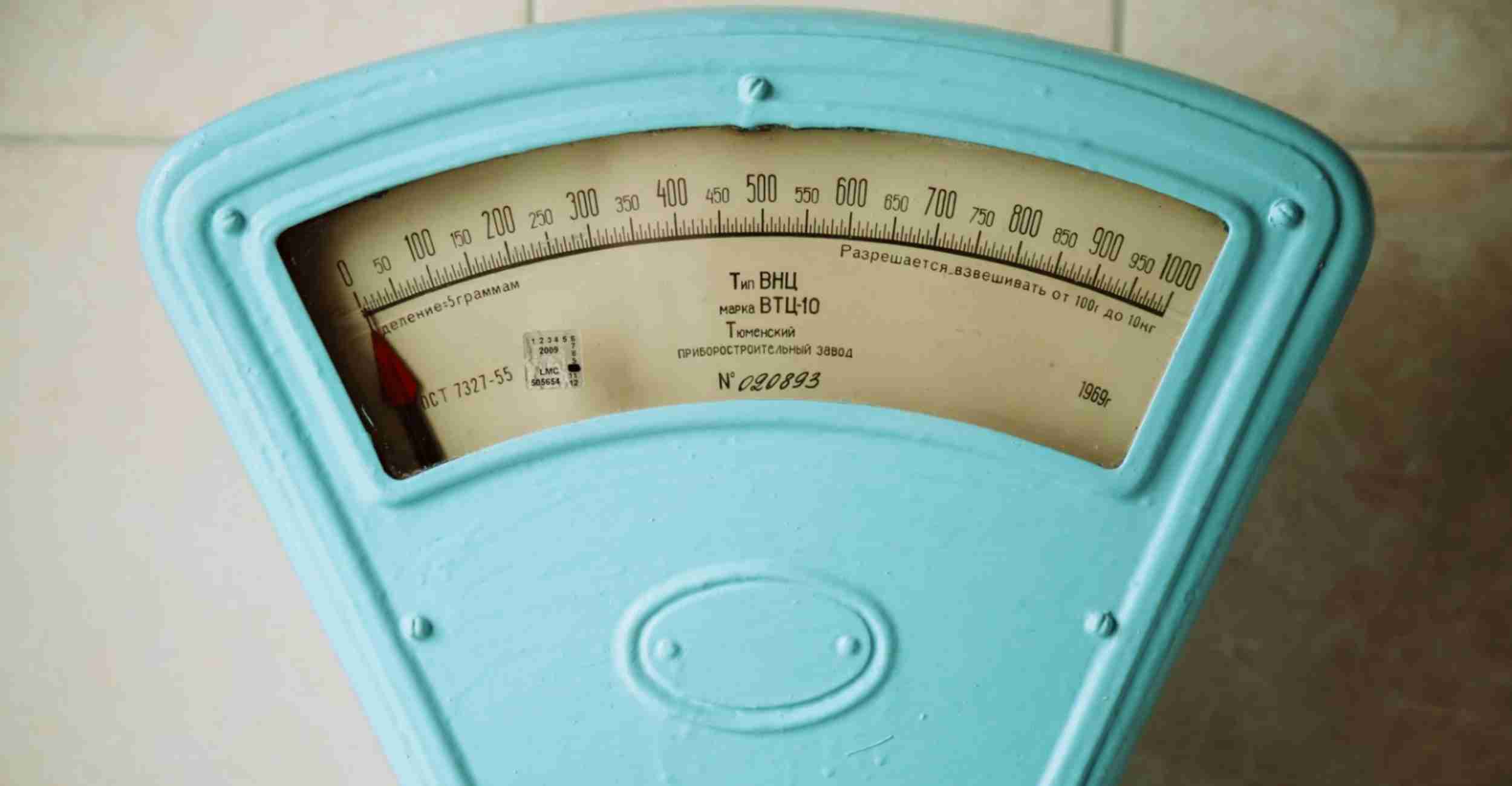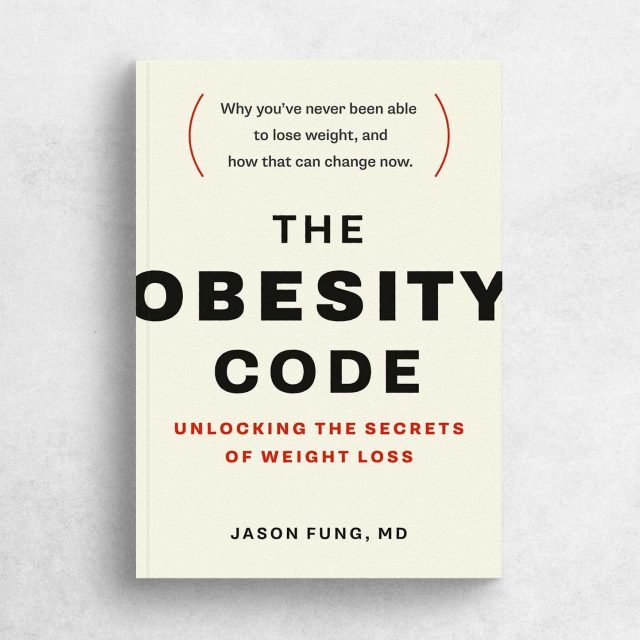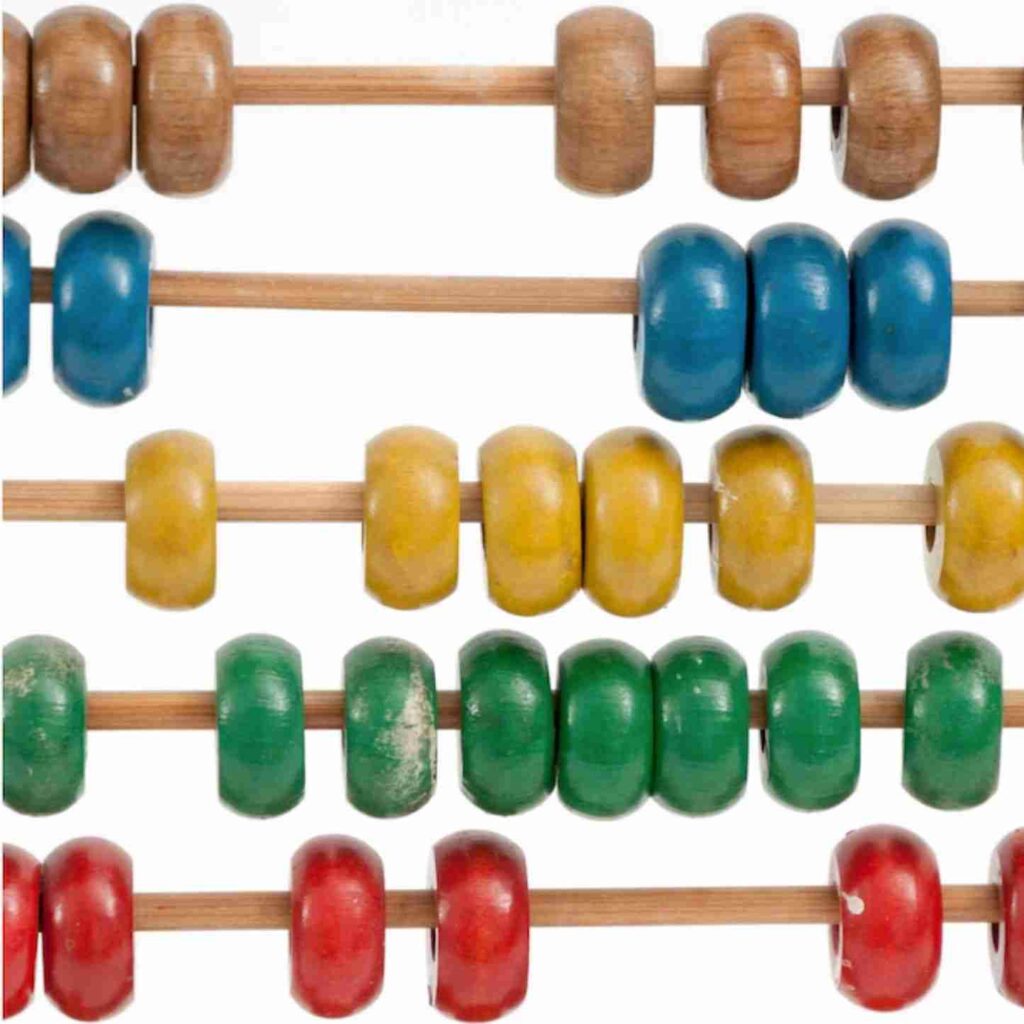Understanding your hormones, not calorie counting, leads to weight loss!
- Calorie counting for weight loss assumes that we can easily and consciously control both the ‘Calories In’ (through food choices) and the ‘Calories Out’ (through exercise)
- However, both ‘Calories In’ and ‘Calories Out’ are largely unconsciously controlled, mostly by hunger/satiety signalling and basal metabolic rate
- You can decide not to eat, but you can’t decide not to be hungry
- You can decide to exercise, but you can’t decide to increase your metabolic rate
By Jason Fung, M.D., Co-founder of The Fasting Method
The Energy Balance Equation
Logically, it seems like calorie counting to reduce ‘Calories In’ would result in weight loss as the so-called ‘Energy Balance Equation’ says:
Body Fat gained = ‘Calories In’ minus ‘Calories Out’
This is true, but doesn’t mean what most people think it means. Most people think it means this equation guarantees that eating fewer calories will automatically result in body fat loss. Sure, it’s not fun, but all it takes is willpower. Therefore, if you are not losing weight, it’s not a ‘science’ problem, it’s a ‘you have no willpower’ problem. This is the approach I call ‘Calorie Reduction as Primary’. And it’s completely wrong, because how much we eat is more dependent upon our hormones, rather than our conscious control or willpower.

Unconscious Control of ‘Calories In’
Some body functions are under full conscious control, like for example, if you move your arm to swing a golf club. If you do not make a conscious decision, your arm will not move by itself.
Other body functions are under unconscious control, like your heart rate. You cannot ‘decide’ to increase or decrease your heart rate. You cannot decide to increase your body temperature. You cannot decide to make more urine. When a body function is mission critical, it is put under unconscious control because our conscious mind is not up to the task.
Imagine going through every minute of the day thinking, alright, breath, now heart must beat, now increase body temperature, now breath again, now kidney, make some urine, now breathe again. Aw shoot, I forgot the heart beat and now I’m dead.
Body fatness is also mission critical. In the wild, too much body fat means you’ll get eaten by wild animals. Too little body fat and you won’t survive the coming winter. So, is ‘Calories In’ consciously or unconsciously controlled?
In calorie counting, we are trying to deliberately reduce the total number of calories we eat. Since food does not go into our mouths by itself, we assume that what and how much we eat is a conscious decision. But it’s not.
Instead, the amount of food we eat is largely determined by how hungry we feel. If you are hungrier, you will naturally eat more. Since we don’t have an automatic calorie counter, we don’t know exactly how many calories we are eating. If you are feeling very full, then you will stop eating.
There are numerous complex and interacting hormonal systems that tell our body when we are hungry and when we are not. Leptin, ghrelin, cholecystokinin, peptide YY are some examples of hunger and satiety hormones. Clearly, it is not merely the brain’s ‘decision’ to eat or not, but an intricate hormonal balance if we are hungry or not. If we are hungry, we eat. If not, we don’t.

Our body uses these hormonal signals to balance our energy intake and output to a remarkable degree, even during the current obesity epidemic. Let’s assume a person eats 2000 calories a day, and gains 2 pounds of body fat over 1 year, a fairly average number. Over the course of 1 year, the total number of calories eaten is 2000 calories times 365 days = 730,000 calories. Two pounds of extra body fat contains roughly 7000 calories. Being off 7000 calories over the total 730,000 in a year is only an error rate of 0.00958.
In other words, we match our ‘Calories In’ and ‘Calories Out’ to an accuracy of greater than 99%. Automatically. Do you think this is because every one of the 7 billion plus people on Earth counts every morsel of food we eat, tabulates how many calories we’ve eaten, then calculates how much exercise we did that day before deciding whether we should eat that extra string bean? Hardly. How much we eat is largely controlled unconsciously. We are designed to eat until our bodies tell us to stop, not to fulfil some arbitrary caloric quota. It is important to understand hunger and satiety signalling and its hormonal control. Instead, the Caloric Reduction as Primary (CRaP) model ignores this and assumes that all eating is under voluntary control. Calorie counting for weight loss completely ignores human physiology and worse, is terribly unsuccessful for weight loss.
If eating were purely a conscious decision, then primitive tribal peoples should have seen numerous examples of both super obese and super skinny people because they did not even know what a calorie was (imagine that!). In fact, primitive peoples had virtually no obesity, even in the face of abundant food. Because they stopped eating when their bodies told them they were full. Knowing caloric intake or the caloric value of food is not necessary to maintain a healthy weight. Until recently, we talked of foods that made us fat or thin, not calories.
Certainly, we can choose to eat or to not eat. But we can’t choose to be hungry or not. You can carefully practice calorie counting and only eat a certain amount. But you may still be hungry. If you are always hungry, you will eventually eat, because hunger is one of our most fundamental human needs. (I call the most fundamental and powerful human instincts the three F’s – Fluids, Food and … Procreation).

Unconscious Control of ‘Calories Out’
What about the ‘Calories Out’ part of the ‘Energy Balance Equation’? The number of calories we expend depends upon two main factors. The most important factor, by far, is our basal metabolic rate (BMR), which is the energy required for regular daily functioning of our organs. This energy is needed by the liver, kidney, brain, body heat generation etc. This is not under conscious control in any meaningful way.
The other main factor of how much energy our body requires in a day is the amount of exercise or movement that we do. This is the energy needed by our skeletal muscles, which is fully under our conscious control. The Total Energy Expenditure (TEE) is the sum of BMR and exercise, with some minor components like the thermic effect of food and some others. We control how much exercise we do, and we assume that everything else is stable. This assumes that exercise consumes a major proportion of our daily energy needs. So how important is exercise compared to BMR?
For a bed-bound person (who does no exercise at all, not even standing), we can use standard metabolic rate calculators to input age, gender, height and weight to get an estimate of the BMR. For a generic slightly overweight 40-year-old man, at 180 cm and 85 kg, the estimated BMR is 1618 calories per day. Using the Harris-Benedict Formula for a person doing no exercise, we multiply this by 1.2 predicting we need 1941 calories per day, or close to 2000.

That’s for no exercise. What if we add some moderate walking for 30 minutes every day, which is more than recommended by the American Heart Association? If you have ever looked at the calorie counter on a treadmill, you may have noticed it increases at a glacial pace. A 30-minute brisk walk burns between 100 and 300 calories, depending. In other words – not even 10% of our basal rate. That is, the part of ‘Calories Out’ which is under conscious control, exercise, plays a tiny, tiny role. The overwhelming majority of what determines our ‘Calories Out’ is unconsciously controlled by our BMR.
When we blithely talk about ‘Diet and Exercise’, there’s an almost unspoken assumption that diet and exercise are 50-50 partners in weight management. Diet is the overwhelming part of the equation in determining weight loss or gain because it is the main factor for both ‘Calories In’ and ‘Calories Out’ (via BMR). Exercise, the only part under our control, plays an almost invisible role in weight maintenance. Almost all the determinants of weight loss are controlled by our hormones, unconsciously. Trying to overcome this automatic system with occasional exertions to Eat Less and Move More and calorie counting are almost doomed to fail.

For more, see The Obesity Code.
Learn more about Pique Fasting Tea.
For fasting education, support and community, go to The Fasting Method.












Responses